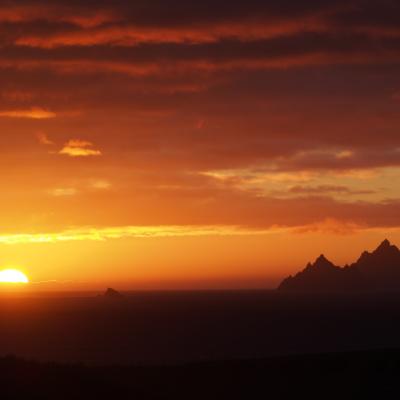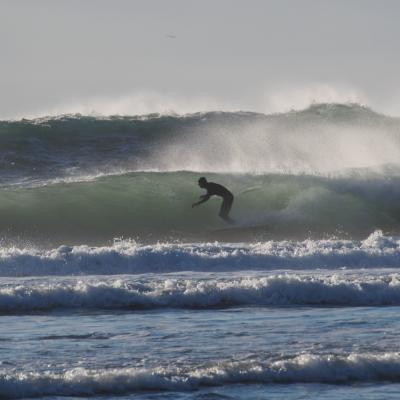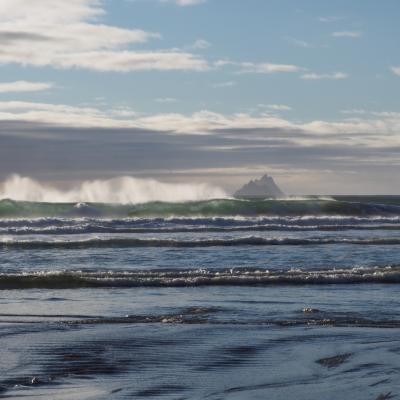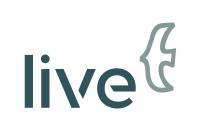 |
Report for Glen Community Group prepared by Fiach Byrne for the LIVE Project, July 2023 |
Wildlife at the Glen
During 2023, the LIVE Project worked alongside the community in the Glen to promote the wildlife that can be found in the area and to take actions that can support our local wildlife.
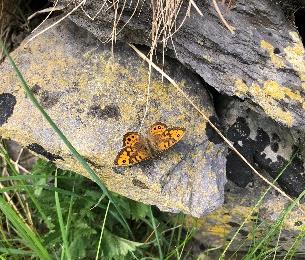 |
 |
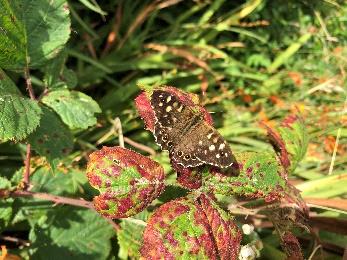 |
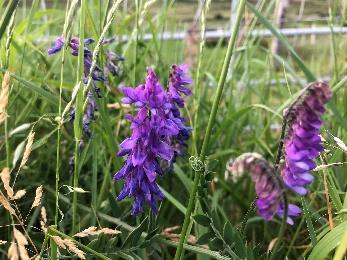 |
Wildlife surveys
Over spring and summer 2023, four wildlife surveys were conducted with some attended by members of the local community. From our target groups, we identified twenty-six bird species, five species of bumblebee and four species of butterfly. On our walks we also encountered many types of moths, solitary bees, beetles, spiders and shield bugs. Some of the particularly noteworthy sightings include the ‘red-listed’ Grey Wagtails (Glasóg Liath) and ‘amber-listed’ Willow Warblers (Ceolaire Sailí), Sand Martins (Gabhlán Gainimh) and Choughs (Cág Cosdearg)1. The endangered Wall (Donnóg an Bhalla) butterfly and the near-threatened Large Carder (An Bhumbóg Charda Caonaigh) and Red-tailed (An Bhumbóg Earr-rua) bumblebees are also found in the Glen, usually from April and May until late summer and autumn.
Habitat management
It is very encouraging to see the community at the Glen taking steps to manage patches of land for the benefit of wildlife in the local area. The area behind the goalpost at the sports pitch and community playground is being managed as a short-flowering meadow, which is already being visited by moths, butterflies, bumblebees and solitary bees.
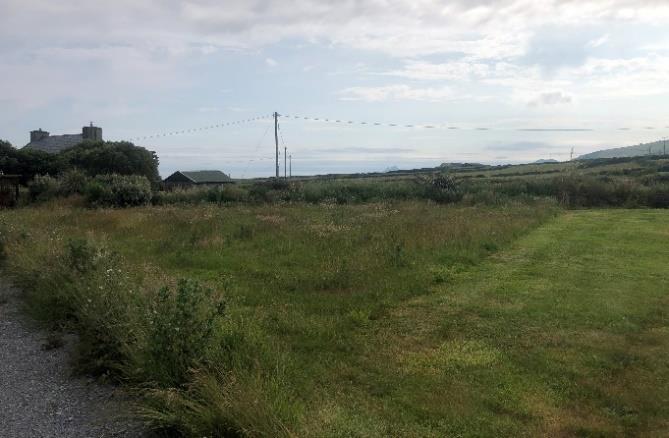 |
 |
The short-flowering meadow (l) hosted a pair of Common Blue (An Gormán Coiteann) butterflies (r) during the final survey in June.
1 Birds which are red-listed or amber-listed on BirdWatch Ireland’s list of ‘Birds of Conservation Concern in Ireland (BOCCI4)’ are considered to be high or medium conservation concern, respectively.

 |
Report for Glen Community Group prepared by Fiach Byrne for the LIVE Project, July 2023 |
Some earth banks at Driftwood will be left undisturbed until late September or October each year to allow native plants to flower and set seed through spring and summer, while a couple of small patches (~1m2) will be scraped back to bare soil for mining solitary bees. The hedge and grass margins around the sports pitch were also filled with field mustard in spring this year, which were a clear favourite of bumblebees in the local area.
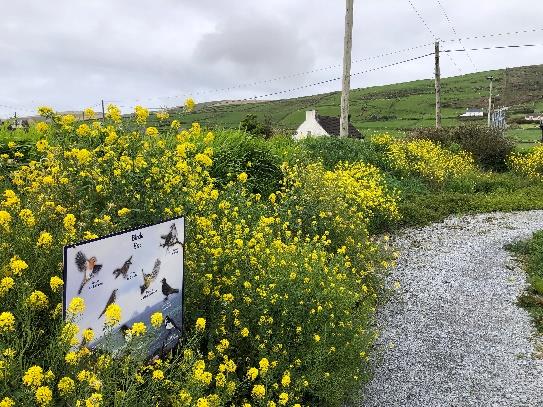 |
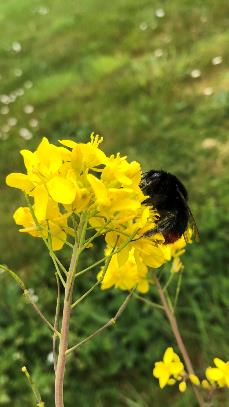 |
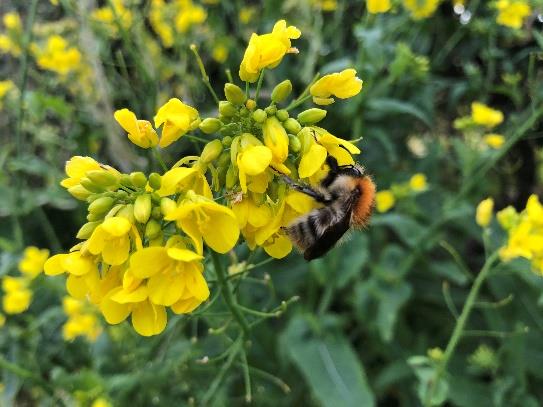 |
Field mustard plants at the sports pitch were visited by bumblebees in spring, including the Red-tailed (An Bhumbóg Earr-rua) and Common Carder (An Bhumbóg Charda Choiteann) bumblebees.
Bug Hotels
The community also held an event with Scoil an Ghleanna to build bug hotels with the students at the community garden. Here, wood from old pallets were covered with earth and vegetation and will be left alone for bugs to move in.
Next steps
The community at the Glen are hoping to continue this work in the future. Fortunately, there are a number of excellent organisations in Ireland who produce resources with best-practice guidance on supporting the environment and wildlife. These resources are often tailored for community groups just like those in the Glen.
-
How to support biodiversity in your community or business (arcgis.com)
-
All-Ireland Pollinator Plan » All-Ireland Pollinator Plan (pollinators.ie)
Recommended actions that can be taken at the Glen in the coming years include (a) managing other patches of grassland for the benefit of wildlife, (b) managing earth banks to increase the amount of forage sources and nest sites for wildlife in the area, and (c) using the trees being grown in the polytunnel to plant or rejuvenate hedgerows (How to support biodiversity in your community or business (arcgis.com)). Each of these actions would provide nesting and overwintering habitat for wildlife, as well as increasing the availability of food sources such as nectar, pollen, leaves, seeds and insects.

 |
Report for Glen Community Group prepared by Fiach Byrne for the LIVE Project, July 2023 |
To monitor the diversity of wildlife in the Glen over time, there are various national monitoring programmes in which the community could participate, such as the bumblebee or butterfly monitoring scheme: Monitoring & tracking change - National Biodiversity Data Centre (biodiversityireland.ie). This will allow the community to track the abundance of insects in the area on a weekly or monthly basis to detect whether their numbers are increasing, decreasing, or remaining stable. It would also encourage the community to learn and share wildlife identification skills. We have recommended a 2km route below based on the surveys conducted by the LIVE Project in 2023.

The route for LIVE’s wildlife surveys in the Glen began at the community garden, passed through the sports field, Driftwood and St. Finian’s Bay, before ending at Scoil an Ghleanna.

The LIVE project received funding from the ERDF through its Ireland Wales cooperation programme
